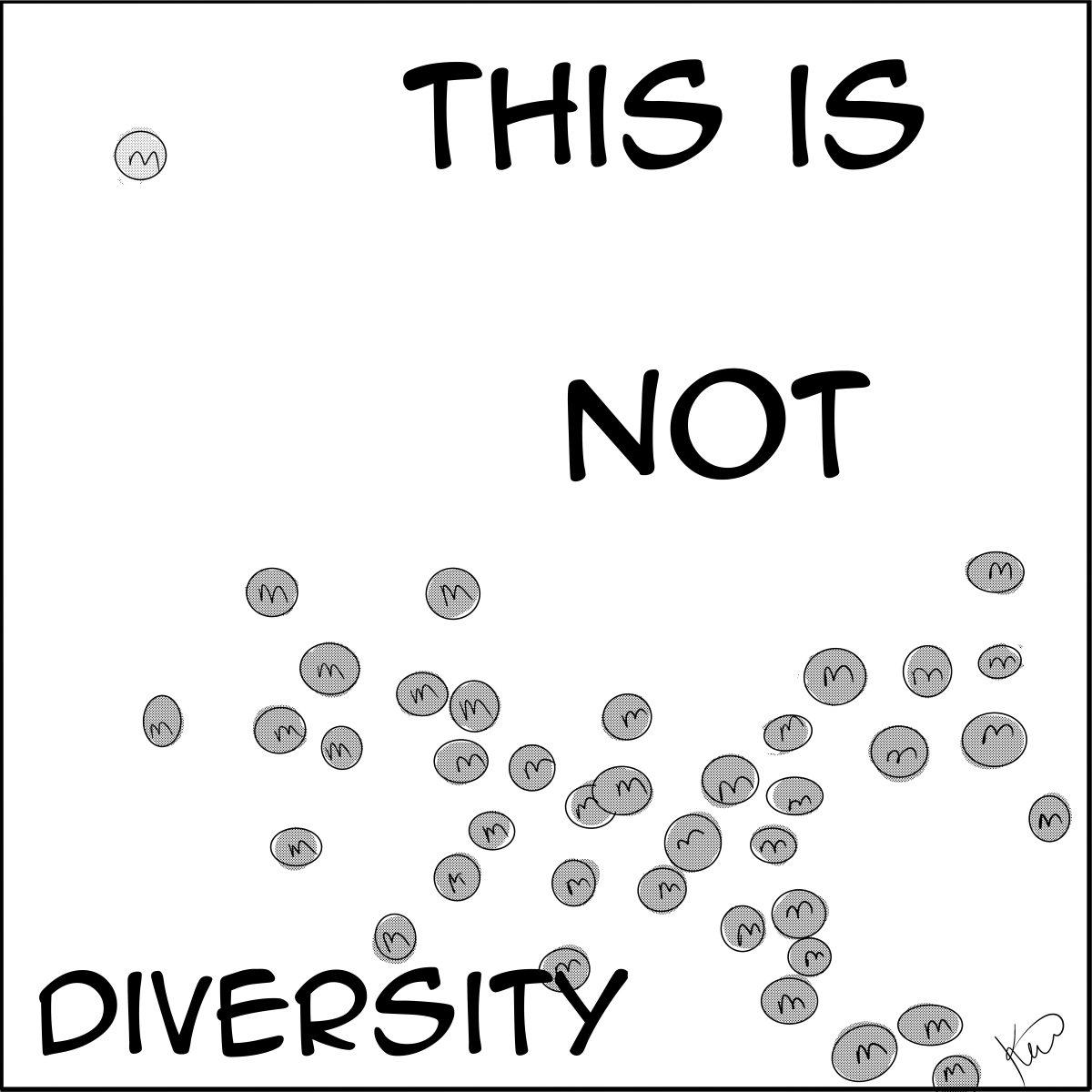This past week at NC State was COM Week, an event hosted by the Department of Communication “showcasing faculty and students who make it their business to relay life – changing information in effective, concise and meaningful ways.” This year’s theme, Health and Relationships, was the focus of a number of different panels and educational talks. On Tuesday, I had the opportunity to attend one of these panels — the inclusive language panel — that got me thinking about diversity and inclusivity on this campus as a whole.
In talking about diversity with peers, friends and even family, the conversation often centers on the idea of achieving diversity as though diversity is something that can be achieved once and for all and then be disregarded. In terms of college campuses, the argument surrounding the practice and categorization of diversity seems to have narrowed down solely to the visible aspects — outward physical identifiers of diversity, such as race, physical ability, gender identity and expression and even perhaps perceived sexual orientation. The reduction of the concept and implementation of diversity to mere statistics is extremely telling of where society’s priorities lie.
There is a misconception — one that stems from privilege and leads dangerously to complacency — that one individual represents all individuals. That is, one person of color, or one physically or mentally disabled person or even so much as one woman in a male-dominated environment is a milestone in the fight for diversity — a one-and-done ideal.
That is not to say, however, that it’s not a big deal when previously monotonous spaces are diversified in the slightest way, but the fact of the matter is that one blue M&M in a bag full of red ones isn’t diversity, but rather more likely a factory error. True diversity, in its purest form, is a bag full of M&Ms with an equal representation of colors. When applied to our world, of course, this model has its own problems, but the root of the idea is that diversity means equal representation and equal opportunity.
NC State does a good job of creating welcoming spaces for all students around campus. There are all sorts of different clubs, organizations and centers that are available as resources to any students feeling uncomfortable or confused. Of course, one has to know where to look for the niches, but that doesn’t mean they don’t exist.
Having these organizations and resources doesn’t change the fact that public visibility for the benefit of the outsiders looking in is what the concept of diversity has boiled down to. Rather than worrying about keeping up appearances, the focus of the movement to diversify should center on the needs and wants of the students, especially at an academic institution.
Diversity is not something that can ever truly be achieved. Society and culture are ever-changing entities, influenced constantly by external as well as internal forces. As a result, the necessity and practice of diversity is ever-changing as well. NC State is definitely on the right path, but there’s still a lot of work to be done.














